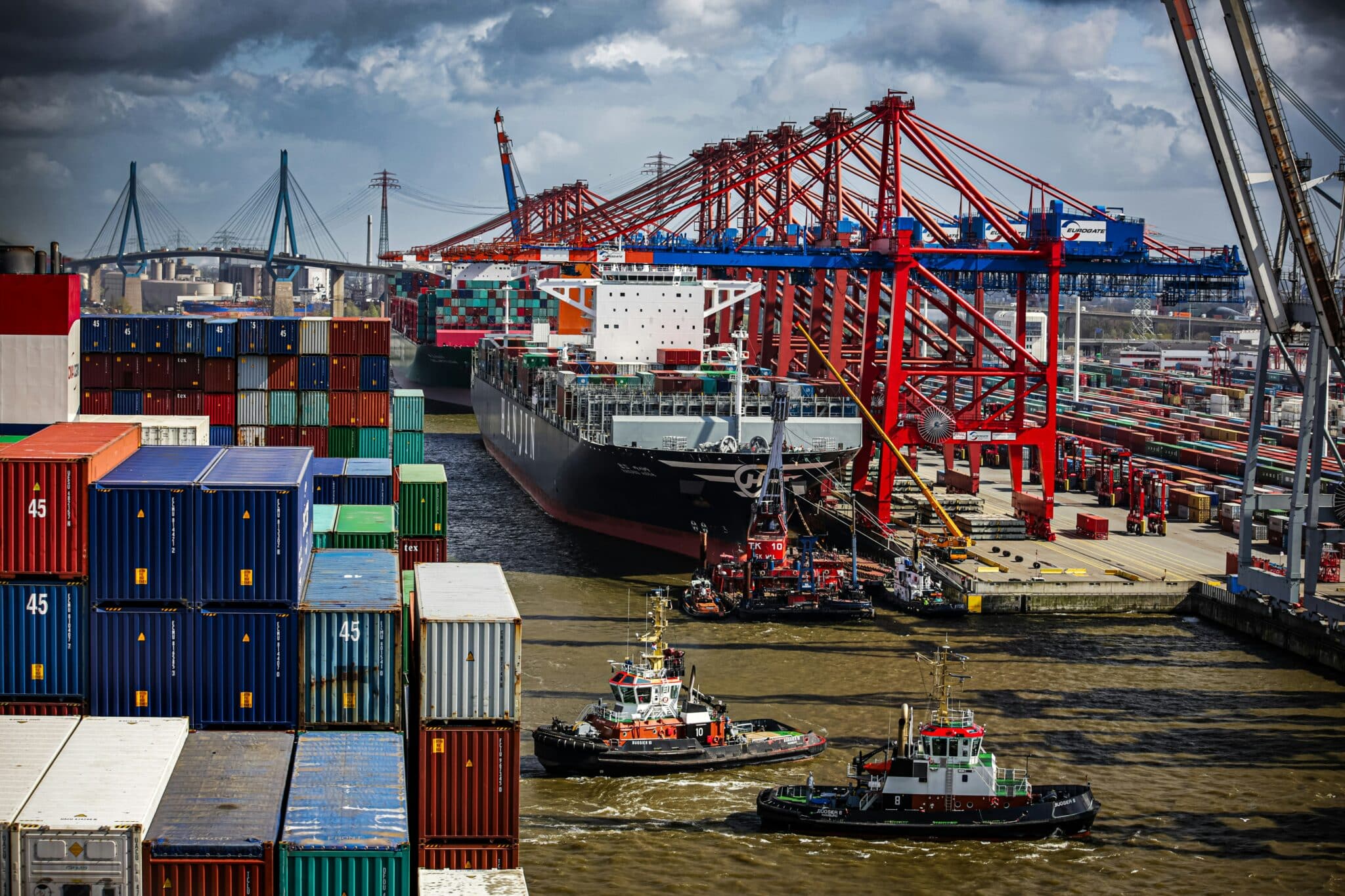Supply chain management is the process of coordinating and optimizing the movement of goods, information, and funds across the entire supply chain, from raw materials to finished products, in order to meet customer demand. Effective forecasting is a critical element of supply chain management, as it allows businesses to anticipate future demand and make informed decisions about production, inventory, and logistics.
While some ERP systems can be useful tools for forecasting, most of them have a number of disadvantages that can impact the accuracy and effectiveness of the forecasting process. Here are some of the main disadvantages of using ERP systems for forecasting:
- Limited integration with other systems: ERP systems often lack integration with other systems and data sources that are relevant to forecasting, such as point-of-sale data, weather data, or market data. This can limit the accuracy and comprehensiveness of the forecasts generated by the system.
- Complexity and inflexibility: ERP systems can be complex and inflexible, making it difficult for users to customize them for specific forecasting needs. This can lead to forecasts that are not tailored to the unique needs of the business, leading to inaccurate or irrelevant predictions.
- Lack of real-time data: Many ERP systems do not provide real-time data, making it difficult to generate accurate forecasts in fast-changing environments.
Many also rely on additional spreadsheets to boost their forecasting abilities. However, they are not designed to handle large amounts of data, which can be a problem in complex supply chains with many data sources and variables. They also require significant manual data entry and calculations, which can be time-consuming and error-prone and lead to inaccurate or inconsistent forecasts. Lastly, businesses always run the risk of eventually encountering a corrupt file, which could have catastrophic consequences.
According to a recent McKinsey article: „Companies have to modernize their supply chains. … Innovators have begun to embrace next-generation systems, and the rest of the field is starting to follow. New applications incorporate AI, machine learning, and data analytics to speed up decision making.
Five benefits of implementing an inventory optimization solution like AGR
- Improved accuracy and comprehensiveness: Inventory optimization solutions use advanced analytics and algorithms to forecast demand and optimize inventory levels, which can lead to more accurate and comprehensive forecasts than those generated by ERP systems.
- Greater flexibility and customization: Inventory optimization solutions are often more flexible and customizable than ERP systems, allowing businesses to tailor the solution to their specific needs and constraints.
- Access to external data: Inventory optimization solutions are often designed to integrate with other systems and data sources, such as point-of-sale data, weather data, or market data, which can improve the accuracy and comprehensiveness of the forecasts generated by the system. Read more about internal and external data.
- Real-time data and collaboration: Many inventory optimization solutions offer real-time data and support real-time collaboration, making it easier for multiple users to work on the same forecast simultaneously.
- Advanced analytics and reporting: Inventory optimization solutions often offer advanced analytics and reporting capabilities, which can help businesses better understand their inventory and demand patterns and make informed decisions about production, inventory, and logistics. Read more about AI and Machine Learning.
Want to learn more? Book a discovery call with one of our supply chain consultants, click here.




